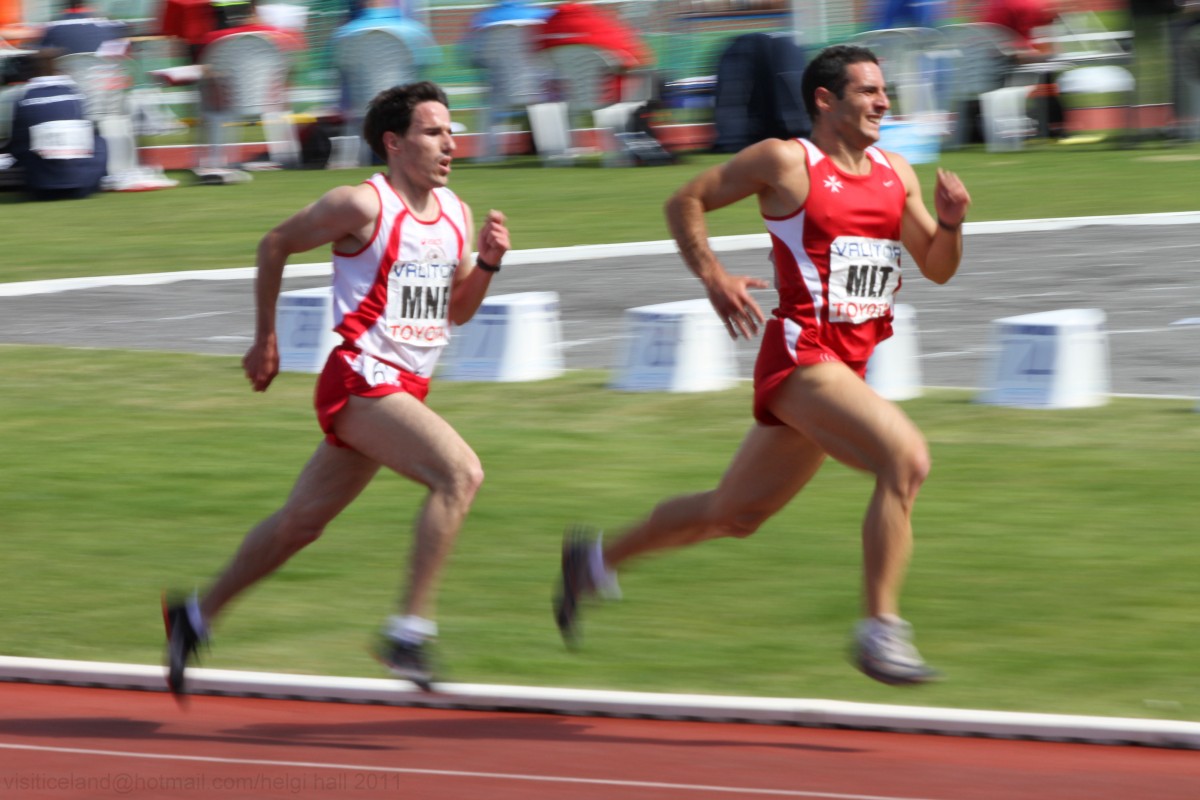Why you need to run faster
Last week, we wrote about importance of running slow, or at least slower, than you think you should. This week, we’re turning the tables to talk about why you need to run faster. Of course, the phrase “need to run faster” is relative. A more apt phrase is probably “want to run faster.” We are all runners, and most of us like to see our times improve from race to race.
So here are three reasons why you should run faster.
You’ve hit a plateau
Many people start out running and, once they have gotten into decent shape, show some rapid improvement. But then they hit a plateau where their times don’t drop any further but are consistently in the same range. If this describes you, things went really well when you started running, and you were happy. Like many people, though, you were probably running at the same speed, which worked extremely well until your body adjusted to that level of fitness. If you weren’t running any faster paces to push your body to a new level, chances are you hit that plateau. It can be a frustrating feeling because you know how many miles run, and you wonder why that can’t pay off.
So what do you do? In simple terms, you have to run faster. If your 5K PR is 35 minutes (11:17/mile), and your goal is to get below 30 minutes (9:40/mile), you need to do some running at that faster pace. You will have to work down incrementally — starting with maybe a 10:45/mile pace — and we are confident that you can do it. Two easy workouts can get you started with speed work.
- Fartleks – This funny word is Swedish and literally means “speed play.” In a fartlek workout, you alternate running faster with slower running. An easy workout is to do a 1-mile warmup. Then for the next mile or 2, pick out a landmark in the distance – e.g. a tree or a mailbox or whatever – and pick up your pace until you get to that landmark. Then ease up and do a recovery jog. Pick another landmark, and repeat. You can also do this with your watching, and run hard for a specific amount of time, recover and repeat.
- Strides – For strides, you can do them anywhere that you have a nice, flat area of about 100 meters. A track is a great place to do them, but they are equally effective in a parking lot or a soccer field. The concept is simple. You start at an easy pace slowly increase your speed until you’re at 90 percent of your full, all-out sprint. Hold that speed for about 30 meters and then slow down and ease into a jog. If you’re on a track, we recommend a slow jog on the turns and starting up another stride as soon as you’re on the next straight stretch (on a track, 1 lap = strides). Start out with doing 4 strides, building up to 6 and eventually 8 to 10 as your fitness improves.
We also posted some recommendations on speed work previously.
Look at what you’ve accomplished
If you’re at all like most runners, you want to clock a better time than you did at your last race. One of us here at Applied Race Management Solutions had a 30-second 5K PR earlier this year, which was the result of running more miles and consistently doing speed work in the months leading up to the race. Even though that PR was several months ago, this person is still relishing that time and is pumped knowing that he did what he set out to do – which was run a faster time. Side note: The experience was great, no doubt, but don’t assume that it was easy for him to run a PR. The race was as hard as any he’s run, and he was spent at the finish line. But, like any one of us would do, he still riding that euphoria.
Boost your ego
Of course, when you run fast and your times reflect that, you’re going to feel great. As your times improve, it will be a huge boost to your ego. Just imagine: You might be moving up to the top half or third of the runners in a race, and someone behind you is going to be in awe of your time. Someone is eventually going to say, “You’re so fast!” And when they do, soak up the praise because you know you are fast now. You can also take your newfound speed back to your running partners or running club and tell everyone the story behind it because we runners love to hear a race experience deconstructed.
